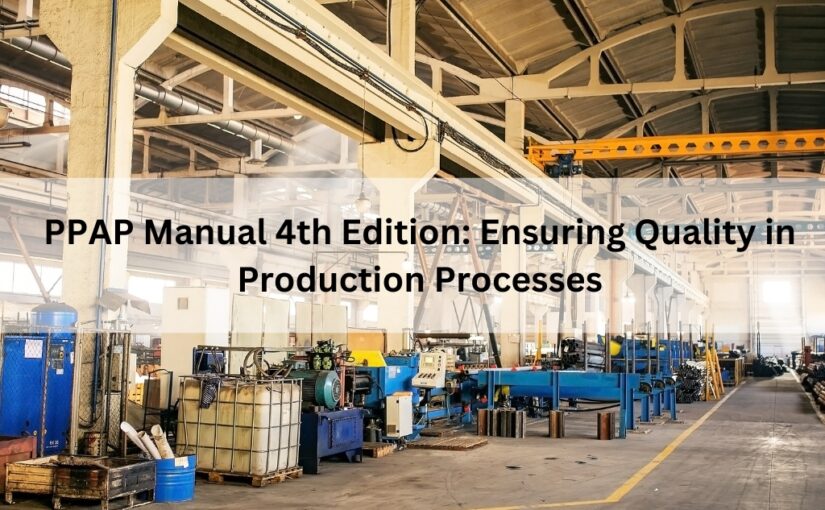Effective Strategies to Prevent Unwanted Stock Accumulation
December 21, 2023
Tags: Inventory Data Management, management of MRO, MRO, MRO Data, Stock Accumulation, Surplus items, Vendor Managed Inventory
To mitigate the accumulation of undesirable consumable materials and spare parts in inventory, it is imperative to adopt a strategic approach to inventory management, wherein various practical guidelines can be implemented to effectively address this issue and prevent the unwarranted build-up of surplus items.
1. Regular Inventory Data Audits:
2. Refine Demand Forecasting:
3. Co-act with Suppliers and Implement Just-in-Time (JIT) Inventory
4. Set Min-Max Levels for Critical Parts:
5. Utilize Vendor Managed Inventory (VMI):
6. Centralized Inventory Management System:
7. Single Point Master data:
Centralized and single point control on master data should be maintained.
MRO experts should take the overall control on the entry, change and extension of the materials in the centralized ERP system.
8. Adequate and Frequent Training:
Provide training to all the employees involved in inventory related functions.
Ensure they understand the need of maintaining optimal stock levels.
9. Implement a Returns and Exchanges Policies:
10. Continuous Improvement:
Enventure is well-equipped to assist in the implementation of these strategies and in maintaining a proactive approach to inventory management, thereby substantially mitigating the risk of accruing surplus raw materials, consumables, and spare parts in your inventory. The pillars of a successful inventory management system include continuous monitoring, strategic planning, and fostering partnerships with suppliers and vendors.
1. Regular Inventory Data Audits:
- Conduct regular data audits to assess the current stock levels of warehouse materials.
- Identify slow moving or obsolete items during these audits.
- Identify Same Materials stocked in different places with different Material code and descriptions.
- Identify Materials stocked and not used for more than 5 years.
- Consider selling or donating items that are no longer needed.
- Immediately Scrap, if any material no longer be used.
2. Refine Demand Forecasting:
- Improve your demand forecasting processes to better predict the actual need for raw materials, consumable materials and spare parts.
- Use historical data, market trends, and production schedules to refine and redefine forecasts.
3. Co-act with Suppliers and Implement Just-in-Time (JIT) Inventory
- Maintain open relationship with suppliers to adjust orders based on actual production requirements.
- Adopt a just-in-time inventory system for materials to minimize excess stock.
4. Set Min-Max Levels for Critical Parts:
- Constitute minimum and maximum inventory levels for critical parts.
- Implement automated systems to trigger reorders when stock levels reach minimum predetermined thresholds and investigate if it reaches maximum.
5. Utilize Vendor Managed Inventory (VMI):
- Explore the use of Vendor Managed Inventory where suppliers/vendors monitor and manage predefined stock levels on your behalf.
- This will improve efficiency and reduce the risk of overstocking.
6. Centralized Inventory Management System:
- Implement a centralized inventory management system to review, track and control stock levels.
- Utilize technology to automate inventory tracking and ordering processes in the best possible way.
7. Single Point Master data:
8. Adequate and Frequent Training:
9. Implement a Returns and Exchanges Policies:
- Establish a clear returns and exchanges policy for all the direct and Indirect material.
- So that excess stock can be managed by returning of unused items.
10. Continuous Improvement:
- Regular check and audit by MRO experts on the overall data is must.
- Regular Meeting to be conducted and feedback from different department involved in the inventory management process should be discussed and changes must be made if needed.
Enventure is well-equipped to assist in the implementation of these strategies and in maintaining a proactive approach to inventory management, thereby substantially mitigating the risk of accruing surplus raw materials, consumables, and spare parts in your inventory. The pillars of a successful inventory management system include continuous monitoring, strategic planning, and fostering partnerships with suppliers and vendors.










